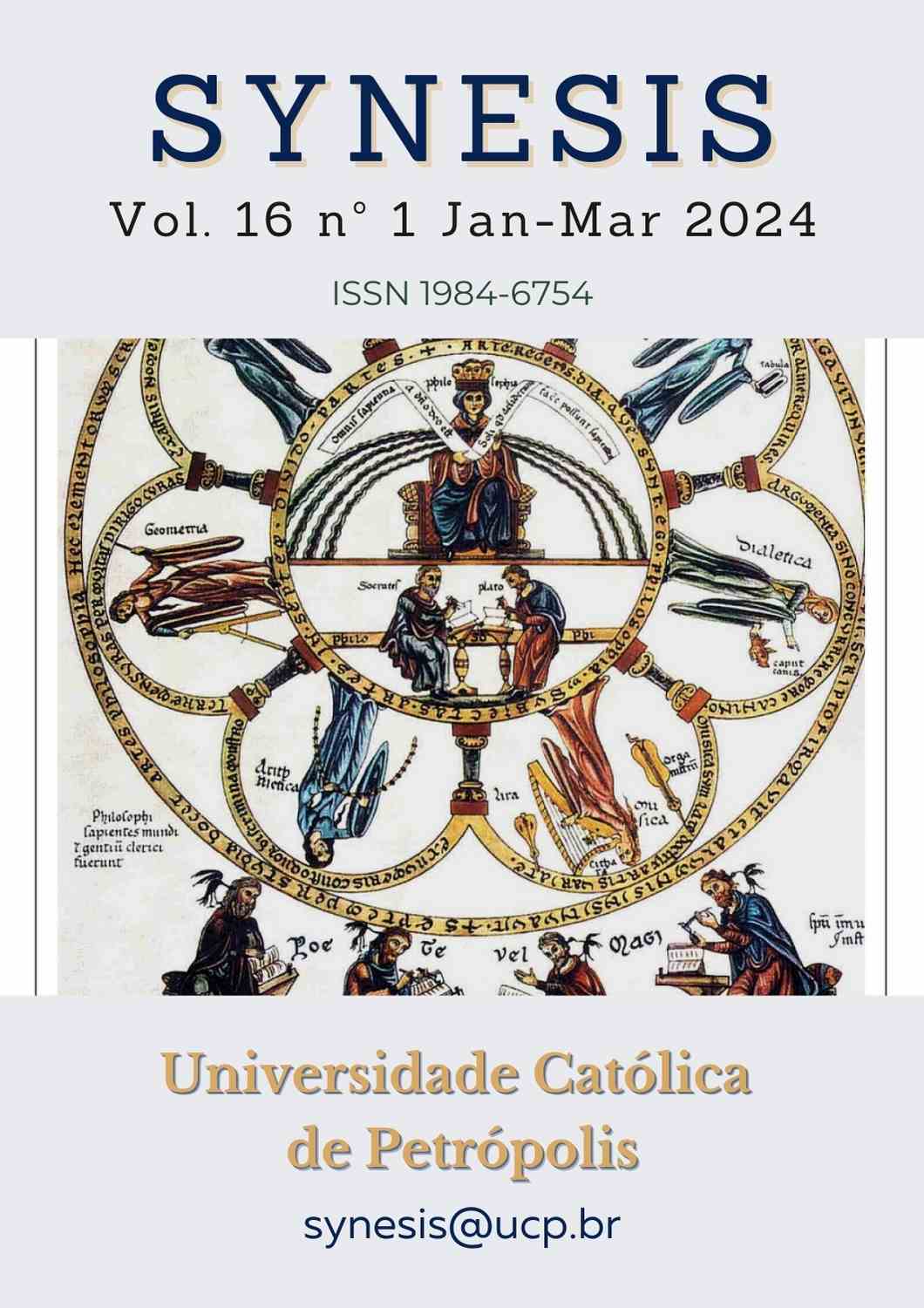Abstract
It would be tedious and ineffective for students to try to learn from a teacher who constantly dumps knowledge into their minds while they are in class. The students are full of challenges as a result of their use of technology, particularly artificial intelligence. Incorporating technology is crucial for engaging modern students, as traditional teaching methods are no longer effective. Therefore, teachers must use innovative techniques to overcome the challenges of integrating AI in the classroom. In recent years, there has been a growing inclination towards utilizing modern technologies and methodologies to enhance the overall learning experience. Examples of such technologies include learning management systems, video-assisted learning, and virtual reality, all of which can aid in improving student engagement and educational planning. Today, it has evolved to use embedded computer systems and other technologies such as robots with human features using online chatbots to carry out instructors' tasks. responsibilities and autonomous actions or in collaboration with instructors. The purpose of this article is to explore the positive impact of artificial intelligence (AI) on education. The application of AI in education (AIED) provides new opportunities, challenges, and possibilities for educational practices. The goal of this study is to investigate the influence of AI on the educational process of female eighth-grade pupils aged 13 to 14 and to identify strategies for overcoming the drawbacks of technology use.
References
Ahmad, S. F., Rahmat, M. K., Mubarik, M. S., Alam, M. M., & Hyder, S. I. (2021). Artificial intelligence and its role in education. Sustainability, 13(22), 12902.
Baidoo-Anu, D., & Ansah, L. O. (2023). Education in the era of generative artificial intelligence (AI): Understanding the potential benefits of ChatGPT in promoting teaching and learning. Journal of AI, 7(1), 52-62.
Chassignol, M., Khoroshavin, A., Klimova, A., & Bilyatdinova, A. (2018). Artificial Intelligence trends in education: a narrative overview. Procedia Computer Science, 136, 16-24.
Chen, L., Chen, P., & Lin, Z. (2020). Artificial intelligence in education: A review. Ieee Access, 8, 75264-75278.
Chen, X., Zou, D., Xie, H., Cheng, G., & Liu, C. (2022). Two decades of artificial intelligence in education. Educational Technology & Society, 25(1), 28-47.
Crisp, E., & Hardman, P. (2023). Optimizing feedback for learner motivation and mastery: Design standards and the role of technology. New Directions for Teaching and Learning, 2023(173), 55-65.
De Casterlé, B. D., Gastmans, C., Bryon, E., & Denier, Y. (2012). QUAGOL: A guide for qualitative data analysis. International journal of nursing studies, 49(3), 360-371.
Fidel, R. (1984). The case study method: A case study. Library and Information Science Research, 6(3), 273-288.
Flogie, A., & Aberšek, B. (2022). Artificial intelligence in education. Active Learning-Theory and Practice.
Graesser, A. C., Chipman, P., Haynes, B. C., & Olney, A. (2005). AutoTutor: An intelligent tutoring system with mixed-initiative dialogue. IEEE Transactions on Education, 48(4), 612-618.
Kengam, J. (2020). Artificial intelligence in education. Research Gate, 18, 1-4.
Köprülü, F. (2021). The Effect of Using Technology Supported Material in Teaching English to First-Year Primary School Children: On Their Academic Success During COVID-19. Frontiers in Psychology, 12, 756295.
Khanzode, K. C. A., & Sarode, R. D. (2020). Advantages and disadvantages of artificial intelligence and machine learning: A literature review. International Journal of Library & Information Science (IJLIS), 9(1), 3.
Nalbant, K. G. (2021). The importance of artificial intelligence in education: a short review. Journal of Review in science and engineering, 2021, 1-15.
Özdemir, M. (2010). Nitel veri analizi: Sosyal bilimlerde yöntembilim sorunsalı üzerine bir çalışma. Eskişehir Osmangazi üniversitesi sosyal bilimler dergisi, 11(1), 323-343.
Renz, A., Krishnaraja, S., & Gronau, E. (2020). Demystification of Artificial Intelligence in Education–How much AI is really in the Educational Technology? International Journal of Learning Analytics and Artificial Intelligence for Education (iJAI), 2(1), 14.
Roll, I., & Wylie, R. (2016). Evolution and revolution in artificial intelligence in education. International Journal of Artificial Intelligence in Education, 26, 582-599.
Smutny, P., & Schreiberova, P. (2020). Chatbots for learning: A review of educational chatbots for the Facebook Messenger. Computers & Education, 151, 103862.
Sofaer, S. (1999). Qualitative methods: what are they and why use them? Health services research, 34(5 Pt 2), 1101.
Thanh, N. C., & Thanh, T. T. (2015). The interconnection between interpretivist paradigm and qualitative methods in education. American journal of educational science, 1(2), 24-27.
Umer Sultan, C. (2023). Benefits of Artificial Intelligence in Education. Available at SSRN 4546499.

This work is licensed under a Creative Commons Attribution-NonCommercial-NoDerivatives 4.0 International License.
Copyright (c) 2023 Synesis (ISSN 1984-6754)

